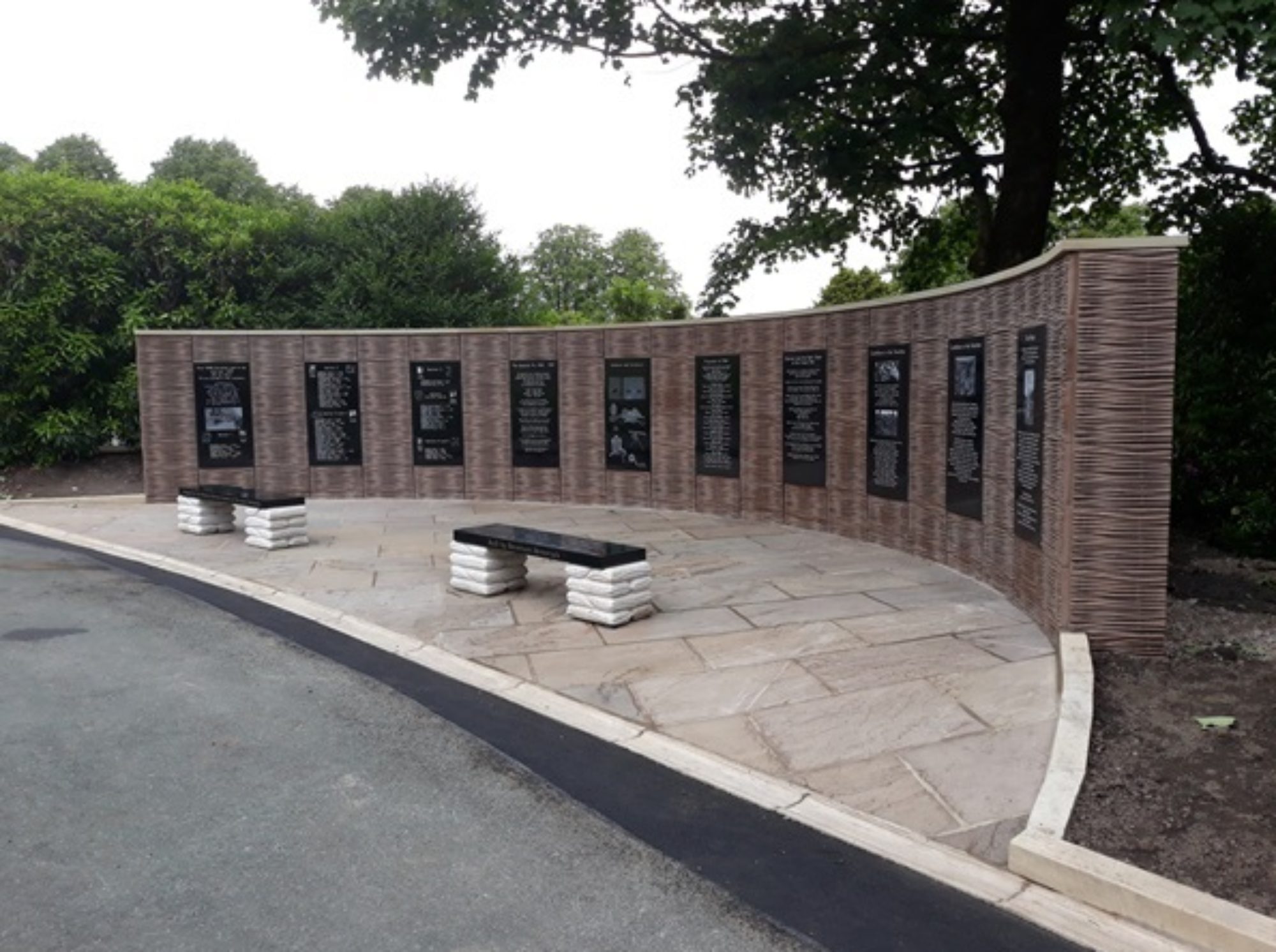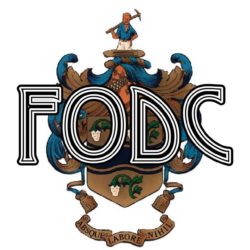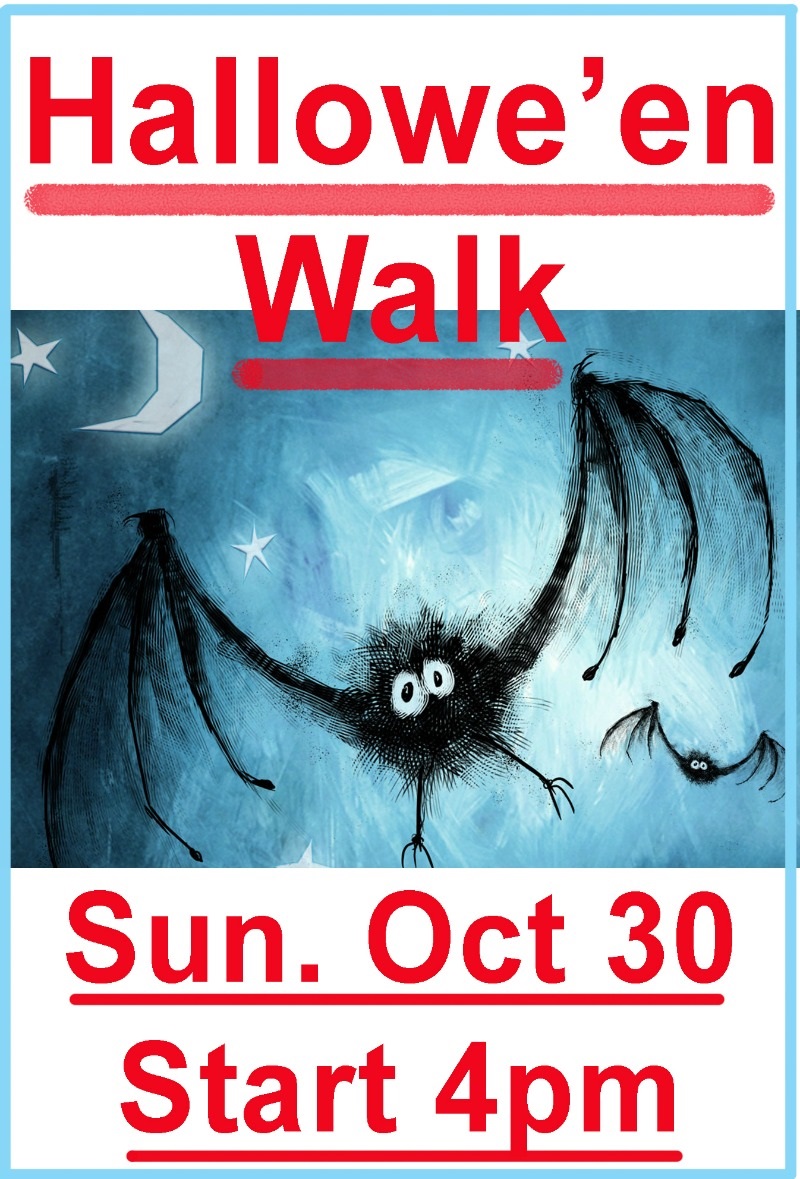WE really couldn’t believe how many folk turned up for our latest walk on the eve of Hallowe’en. Guides Tony Foster and Harold Heys had billed it as “Torment and Tragedy” and that’s exactly what the large crowd got – all 140 of them.
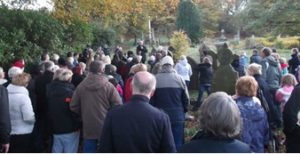
The walk lasted over an hour. It started in late afternoon sunshine and finished in almost total darkness with dozens of torches lighting the way, many of them held by youngsters.
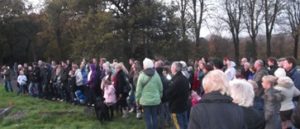
Afterwards everyone had coffee and biscuits and orange juice under a brightly lit gazebo and bought Tony and Harold’s brochures which describe the afternoon tour.
Councillor Karimeh Foster, the mayor of the borough, dashed back from a civic engagement in Manchester to attend the event. “Really enjoyable,” she said. “It must have taken a lot of hard work.”
Friends chairman John East said his group was very pleased at the excellent turnout. “It’s important that we help to maintain interest in the town’s history and heritage. Everyone thought it a great success.”
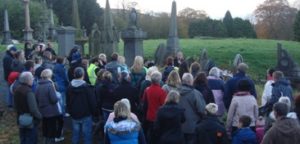
Among the graves discussed by Tony and Harold were those of some of the victims of the 1940s bombing raid and the tram crash in 1926. It careered down steep Sudell Road in a violent storm and crashed into the billiards hall in Bridge Street.
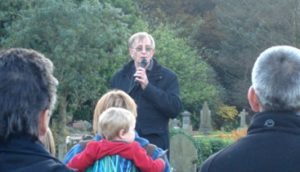
Among the murder victims recalled were Alice Waddicor, whose throat was slit by her husband in the front room of their home in Springfield Street in 1883 as neighbours tried frantically to break in to save her; Julia McDermott, of Olive Lane, killed in a hammer attack by her brother-in-law at his chip shop in Whalley New Road, Blackburn in 1932 and, later that year, Annie Farnworth, a frail little six-year-old who was raped and strangled by a mentally ill teenage neighbor in Kay Street.
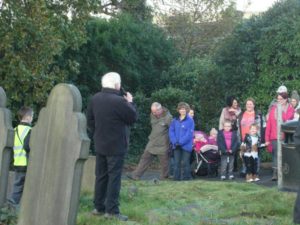
The walk ended with the desperately sad story of eight-year-old Albert Yates, running on ahead of his brothers and sisters after Sunday School at Grimehills in the spring of 1897 to find his parents dead in the blood-spattered kitchen of their home, Moss Side Farm, at Blacksnape, with their throats slashed. George Yates had killed his wife Ann and had then slit his own throat, almost severing his head.
The coroner recorded that George had killed his wife while he was “temporarily insane” and they were buried together in the same grave.
Some 20 years later their son, Albert, was killed in the closing weeks of the Great War and he is also remembered on the same headstone.
FODC October 2011
